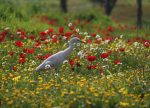More than 100 years ago, no one could have imagined the destruction that would ravage the earth, nor the scientific breakthroughs that would transform it. Yet, in every generation there are rare visionaries who provide us with a blueprint for the future, and the 20th century was no different.
While Albert Einstein was publishing revolutionary theories that would change the world, in a small town in White Russia called Lubavitch (the city of love), Rabbi Shalom Dovber Schneersohn, the Rebbe Rashab and fifth Lubavitcher Rebbe (1860-1920), was advising us on what was to come.
On Passover in 1908, the Rebbe Rashab delivered a discourse – The Voice of My Beloved, Behold the One that Leaps over the Hills – which was later delivered by his son, Rabbi Yosef Yitzchak Schneersohn, the sixth Lubavitcher Rebbe. In retrospect, we can see how critically important were his words.
The Rebbe Rashab begins with a mystical analysis of the history of the empires that controlled the world. Based on various sources, including the Midrash and the writings of the great kabbalist Rabbi Isaac Luria, known as the holy Arizal, the Rebbe takes us on a journey to the time of Abraham. In the words of the Torah: “As the sun was setting, a deep sleep fell upon Abram: and a deep dark dread fell upon him. [G-d] said to Abram: ‘Know for sure that your descendants will be foreigners in a land that is not theirs for 400 years. They will be enslaved and oppressed. But I will finally bring judgment against the nation who enslaves them, and they will then leave with great wealth….’” (Genesis 15:12-14)
What was the dread that befell Abraham? The Midrash explains that he was shown the future empires that would control the world, each in their own way: the Babylonian, Persian, Greek, Roman and Ishmaelite empires.
The Arizal explains that these empires represent the different stages of refinement we achieve through the generations. He explains that everything in our material existence contains Divine “sparks,” i.e. spiritual energy. We are charged with the mission to redeem and elevate these sparks, thereby refining the material universe and transforming it into a vehicle for spiritual expression, its true purpose. Starting with the Egyptian empire, the archetype and root of all the exiles and empires, each subsequent empire symbolizes another stage in integrating matter and spirit. The process will conclude with the refinement of the last two powers, Edom (Esau) and Ishmael, leading to the Messianic age, a world where there is no more destruction and terror, and all children of Abraham serve the one G-d of Abraham in peace and harmony.
We now stand, according to the 1908 discourse, in the final stage, when Edom – the Western world, descendants of Rome – and Ishmael – the Ottoman Empire – dominate. The Ottoman Empire began to dissolve in 1908 and, a few years later, would join the powers who lost to the Allies in the First World War. The Arizal explains that the refinement of Edom and Ishmael, our work today, corresponds to netzach (endurance) and hod (humility/acknowledgement). Most of the 1908 talk elaborates on the practical application of these two features.
Two states of spiritual consciousness are possible. One, which personifies earlier generations, is a state of revelation, when the “Divine Face” is exposed and souls are aflame with passion. In a spiritually evolved environment, beings naturally gravitate toward the Divine when minds and hearts are attuned to the sublime, emotions are deeply felt and lives are dedicated to service. In such a state, the higher emotions of love (chesed), awe (gevura) and empathy (tiferet) reign.
The second state, which reflects our times, is a spiritual awakening that comes out of a void: when
G-d said to Moses that He would cover His face, there was no darker hour in history. In a state of spiritual darkness, our primary effort must be netzach and hod. Netzach is the determination and fortitude to overcome any adversary and challenge. Hod is a profound sense of acceptance and acknowledgement of a higher presence, rising from the depths of the soul. Both of these forces stem from the innermost essence of the human soul, which cries out in times of pain and discovers the greatest strength in times of challenge.
Both netzach and hod, in one word, are commitment. They are the unimaginable efforts we will exert when our lives or the lives of the ones dearest to us are at stake; the absolute faith in good even when facing death; the hope that can be elicited from each of us when our essential beliefs are challenged.
When the darkest and brightest moments of the 20th century were about to unfold, the fifth Lubavitcher Rebbe in 1908 and the sixth Lubavicher Rebbe in 1924 and 1949 told us that these are the two forces that we will need as we face the challenges ahead.
There is a moment of truth that comes from seeing the light, and there are truths that are born in darkness. When things aren’t apparent and there is no revelation, or oppressive forces consume us and want to extinguish the fire of the soul, then netzach and hod, which are rooted in the essence, surface with their unfathomable intensity. Even the greatest souls have their spiritual fluctuations but the essence remains steady and reliable.
All three discourses address times of prosperity as well. Standing in the early part of the century, the Rebbe’s primary focus is on the darkness. But, recognizing the century would also bring untold success and technological advancement, he addresses the best of times, briefly, in 1908. The 1924 and 1949 discourses elaborate more.
In 1949, the sixth Lubavicher Rebbe said, “Just as one needs unwavering fortitude in troubled times, the same is true in opposite times. When a person is blessed in all his endeavours, both at home and at work, and his heart is lifted to great and exalted heights, endowed with wealth and great success, with many investments and all the anxieties connected with absorption in business matters, despite all these distractions, his heart should not digress from his spiritual commitments, he should consistently maintain his commitments to ongoing, designated time for study and prayer, without any alteration – with the unwavering fortitude and resolution of netzach.”
If you think about it, it is absolutely brilliant advice and it captures the essence of all the suggestions you will ever read in personal growth manuals: never waver from your good actions and commitments to positive causes. Even when you feel down, overwhelmed or distracted, hold on with your dear life to the constructive things that you are connected with. It is this absolute dedication that will carry you through. It is this fortitude that will save your life.
Today, we’re blessed with freedom and many comforts. We also don’t live in a world of Divine revelation. Today, the darkness is within. Complacency and apathy are apparent. As we focus on outer success, it seems our inner lives suffer in direct proportion. It creates a profound void.
So, as we prepare to enter this year’s Passover, beginning on Monday evening, April 10, and celebrate the seder with family, friends and guests, let’s try to be persistent and accepting of our Divine mission, to know with a lightness of spirit and firm belief that, if we are consistent and absolute in our dedication and commitment, we will see the end of the exile and reach our destination: personal and global redemption.
Wishing everyone a happy and kosher Pesach!
– Excerpted from an article by Rabbi Simon Jacobson by local educator, writer and counselor Ester Tauby with permission. For the full piece, visit meaningfullife.com/acharei-calling-generation.


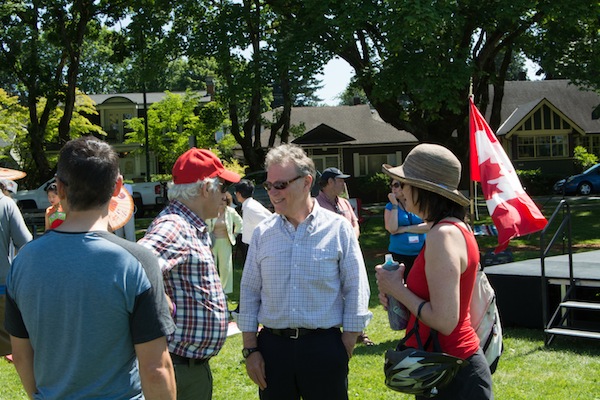




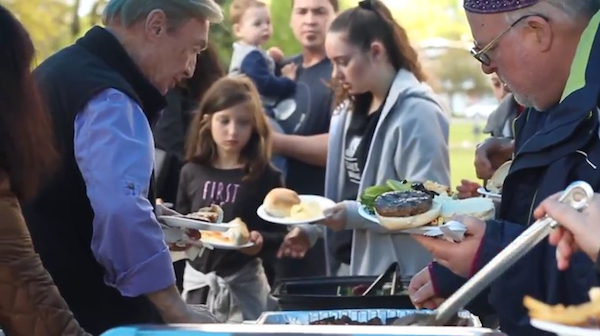



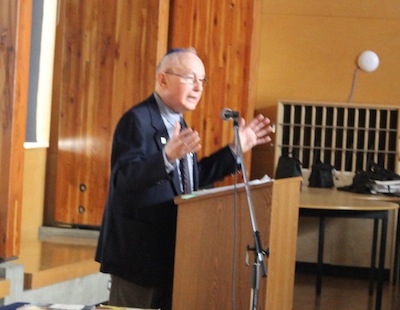

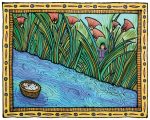

 Perfect for Pesach features more than 125 recipes, with mouth-watering photography by kosher blogger and cookbook author Miriam Pascal.
Perfect for Pesach features more than 125 recipes, with mouth-watering photography by kosher blogger and cookbook author Miriam Pascal.